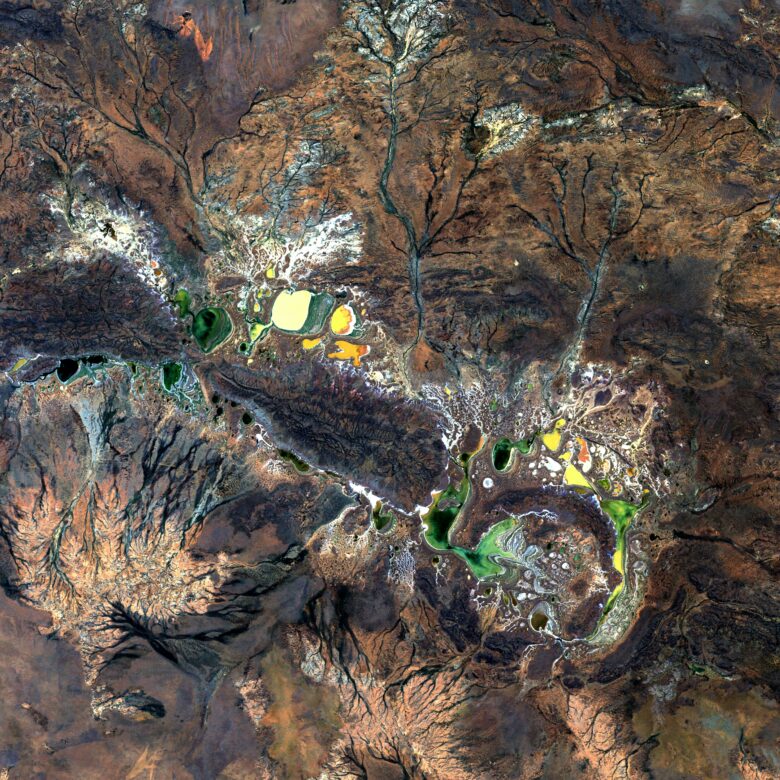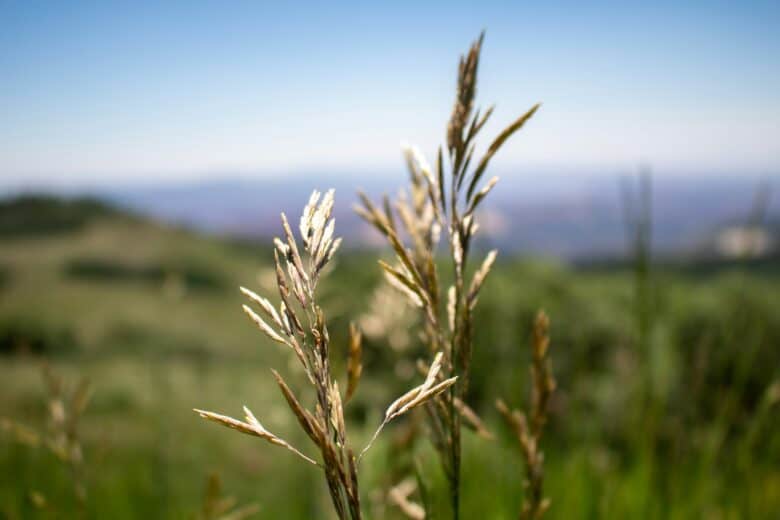
Environment
Protecting Your Environment From Climate Change Impacts
Protecting our natural environment is central to the existence of Climate Adaptation Australia. Through genuine plans on native vegetation, biodiversity, and conservation, we have worked with the Australian government. Many of these actions have informed genuine sustainability plans to conserve endangered species and save the environment.

Native Vegetation
In Australia, many kinds of grass, herbs, shrubs, and trees are indigenous to the environment. Naturally, these native vegetation types in Australia serve as a habitat for many wildlife animals and plants. They help in providing a robust ecosystem for the human species.
Over the year, there have been plans for native vegetation. One of them is the proposal to protect Australia’s native vegetation to avoid their removal or destruction. In circumstances where there needs to be removal or destruction of native vegetation, it is usually for farming reasons. And there is usually a need to get a permit for such purposes.
The regulations that guide and protect native vegetation are also always subject to review. This is to ensure that their dictates align with realities. This review always includes contributions from many people, including stakeholders and communities.

Invasive Plants and Animals
Due to Australia’s environment structure, the native vegetation and biodiversity may be prone to invasive plants and animals. These invasive plants and animals harm the environment. They possess the ability to destroy other plants and animals. Without a doubt, this affects the environment and habitat natural setting.
Due to this, Australia has taken many steps to preserve its plants and animals. These steps are prevention and control strategy. And they have been directed towards controlling early invader weeds, invasive animals, and other plants and animals species on public lands.
Biodiversity
Biodiversity in today’s Australia is complex yet very important. Climate Change Adaptation helps maintain a knowledge-based diversity resource and framework. We have activity data on biodiversity. Many of our activities are keen on drawing roadmaps on how to achieve Australia’s biodiversity conservation plans.
Conserving Threatened Species
Every year, many animals and plants prone to danger due to different natural and human actions. This has raised many concerns about different species going into extinction very soon.
In response to this, Climate Adaptation Australia has put in place many strategic frameworks to help conserve threatened species. Many of these frameworks are to help achieve the recovery of threatened species and push for their prudent management.
There are also policies and regulations in place to help conserve threatened species.
Sustainability
Australia’s sustainability plans involve many actions that help protect the environment. One prominent framework is the National Waste Policy, which outlines roles and responsibilities for managing, reducing and recycling waste across the country. Under this policy, waste-collection programs are in place to manage materials like e-waste, plastic waste, and other recyclable streams effectively.
The pollution and waste sustainability initiatives specifically address e-waste, plastic waste, and various other waste categories, ensuring they’re diverted from landfill wherever possible.
Importantly, these measures are backed by legislation such as the Recycling and Waste Reduction Act 2020, which grants legal authority and enforcement power to Australia’s waste-reduction and recycling programs.
Innovative Market Approaches
In actively achieving great environmental impact in Australia, innovative market approaches have a part to play. This is to get access to different Australians for auctions of many environmental resources.



